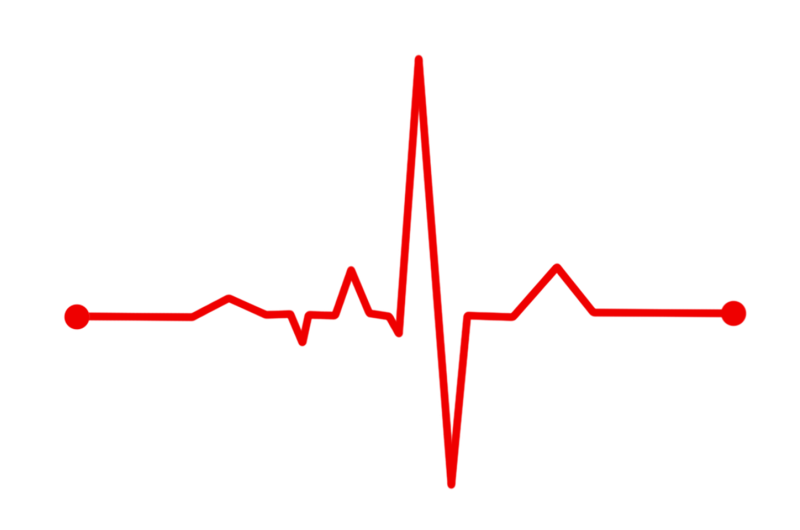Credit: CC0 Public Domain
A person's normal resting heart rate is fairly consistent over time, but may vary from others' by up to 70 beats per minute, according to analysis of the largest dataset of daily resting heart rate ever collected. Giorgio Quer of the Scripps Research Translational Institute in La Jolla, California, and colleagues present these findings in the open-access journal PLOS ONE on February 5, 2020 as part of an upcoming PLOS Collection on Digital Health Technology.
A routine visit to the doctor usually involves a measurement of resting heart rate, but such measurements are rarely actionable unless they deviate significantly from a "normal" range established by population-level studies. However, wearables that track heart rate now provide the opportunity to continuously monitor heart rate over time, and identify normal resting heart rates at the individual level.
In the largest study of its kind to date, Quer and colleagues retrospectively analyzed de-identified heart rate data from wearables worn for a median of 320 days by 92,457 people from across the U.S. Nearly 33 million days' worth of heart rate data were collected in total. The researchers used the data to examine variations in resting heart rate for individuals over time, as well as between individuals with different characteristics.
The analysis showed that one person's mean daily resting heart rate may differ by up to 70 beats per minute from another person's normal rate. Taken together, age, sex, body mass index (BMI), and average daily sleep duration accounted for less than 10 percent of the observed variation between individuals.
The authors observed also a small seasonal trend in the resting heart rate, with slightly higher values observed in January and slightly lower values in July. The researchers also found that some individuals may occasionally experience brief periods when their resting heart rate differs by 10 or more beats per minute from their normal range.
These findings suggest the potential value of further research to investigate whether tracking a person's daily resting heart rate could enable earlier detection of clinically important changes.
The authors add: "Day-to-day changes in resting heart rate could be the first true, individualized digital vital sign, which is only now possible to measure thanks to wearable sensor technologies. We analyzed the extent of inter- and intra-individual changes in resting heart rate over a prolonged period of time, showing distinct patterns of variation according to age and sex, time of the year, average sleep duration and body mass index. These variations in resting heart rate may allow for the identification of early unexpected changes in an individuals' health."
More information: Quer G, Gouda P, Galarnyk M, Topol EJ, Steinhubl SR (2020) Inter- and intraindividual variability in daily resting heart rate and its associations with age, sex, sleep, BMI, and time of year: Retrospective, longitudinal cohort study of 92,457 adults. PLoS ONE 15(2): e0227709. doi.org/10.1371/journal.pone.0227709
Journal information: PLoS ONE
Provided by Public Library of Science






















